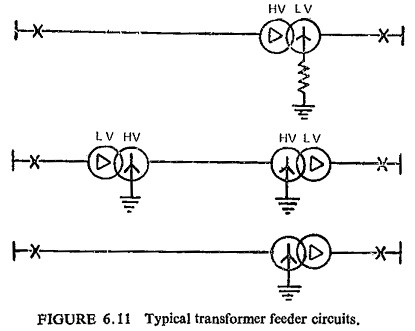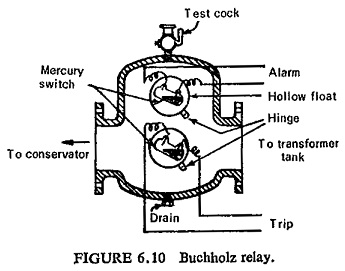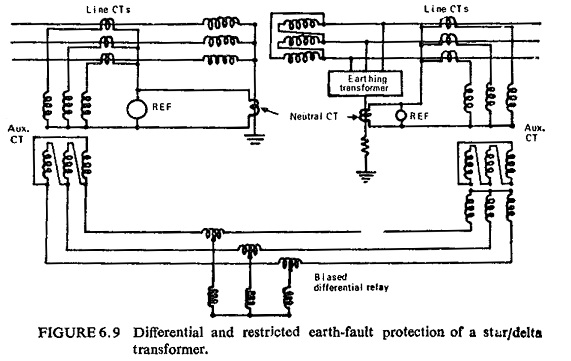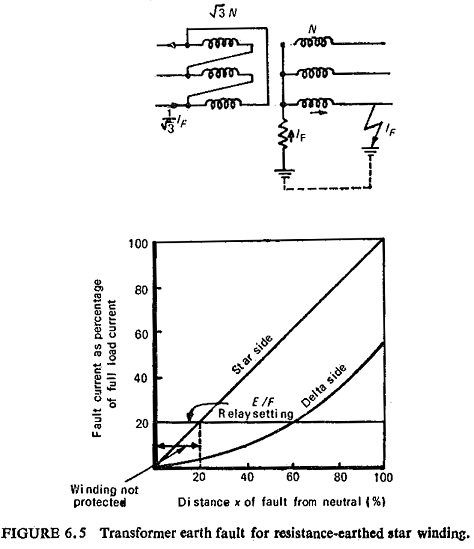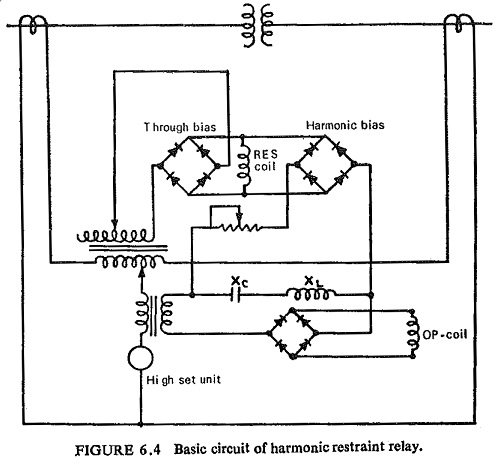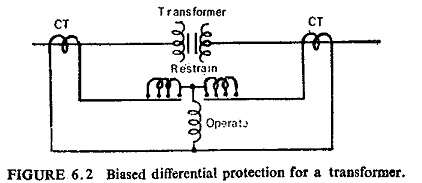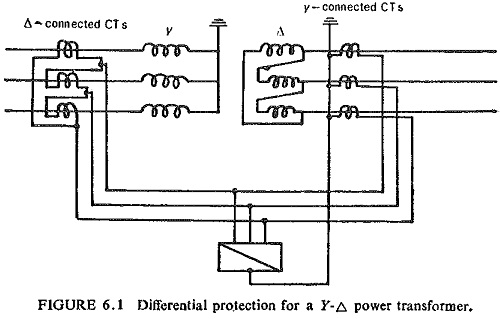Transformer Feeder Protection
Transformer Feeder Protection: Transformer Feeder Protection - In order to supply bulk power from a major switching station, the transformer is sometimes connected directly to the feeder without an HV switchgear at the transformer. Although…
